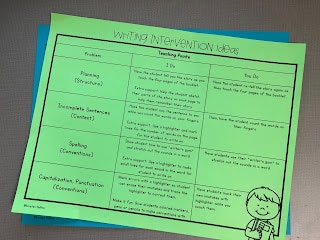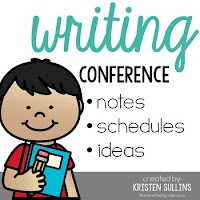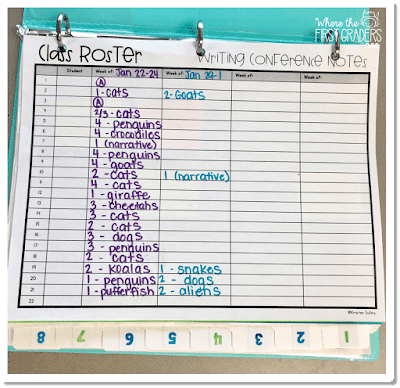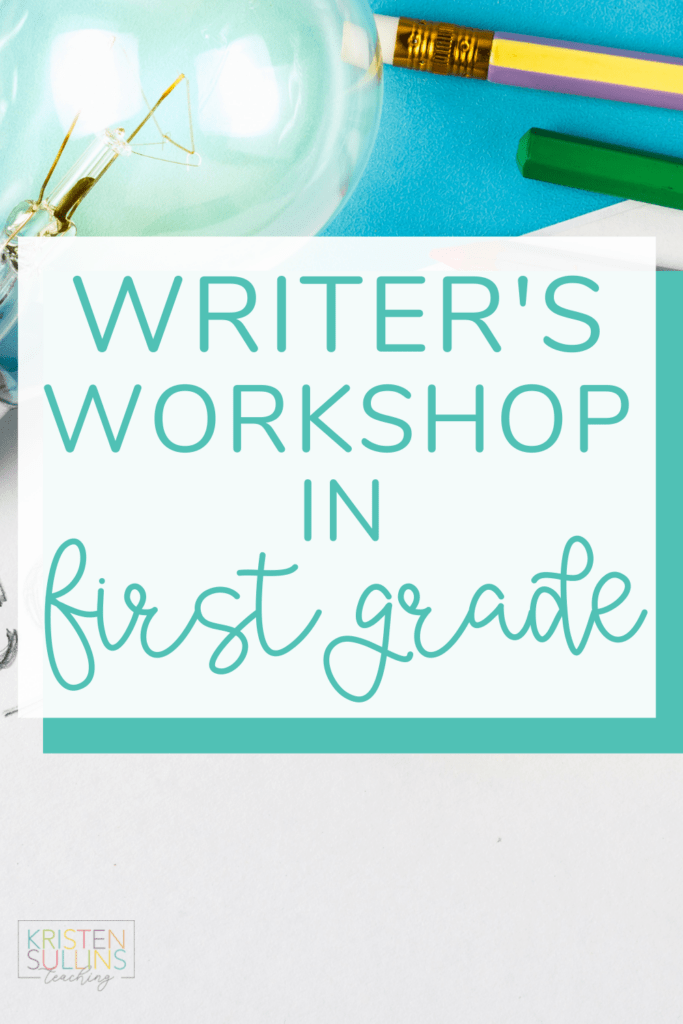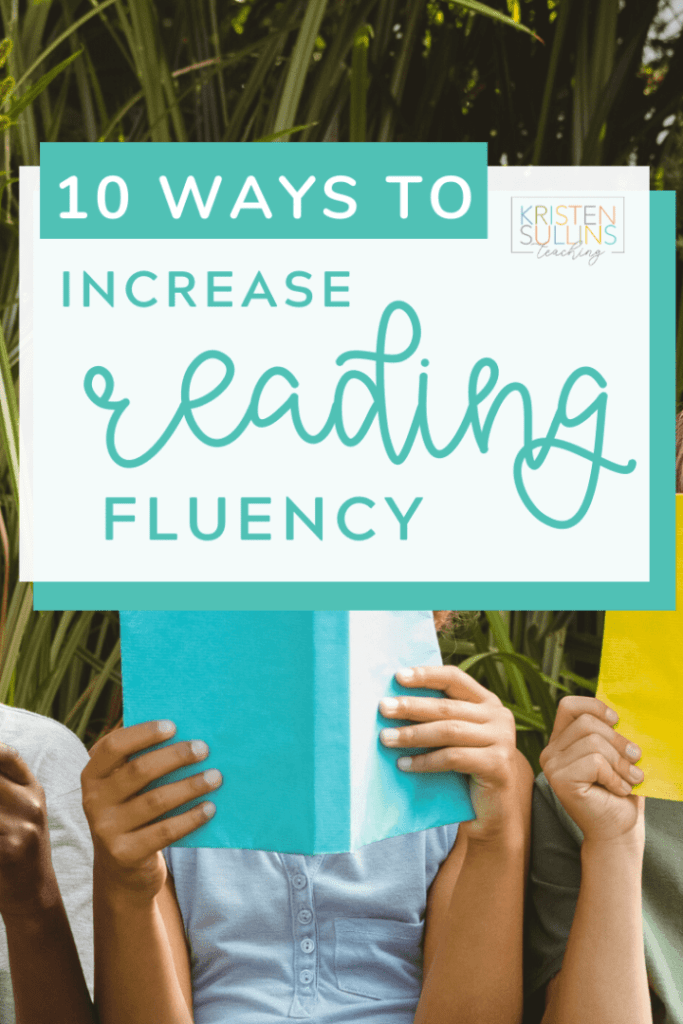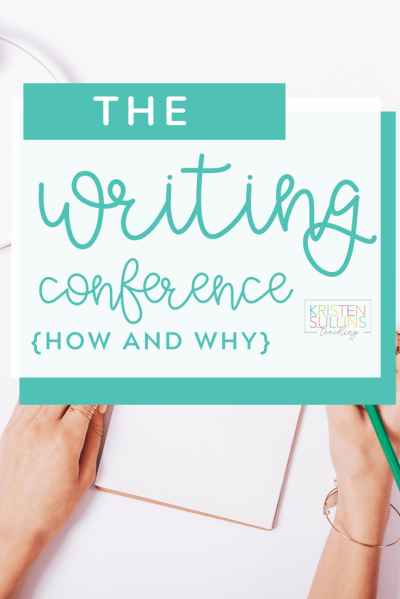A student writing conference can seem overwhelming. But, it can actually be a really powerful tool that you can use in just a few short minutes.
I should start by saying I absolutely love to teach writing. (I know, I know, I'm one of the weird ones.)
I feel like it is the one time of day that I can truly reach every student on THEIR level EVERY. SINGLE. DAY.
It is also the one time of day that I can honestly say at least 90% of my students are fully engaged for 30+ minutes.
It is also the only time of day that I tell my students to clean up and they moan and groan because they want to keep going.
The way I really keep my students engaged and striving to new heights is through writing conferences because I can really customize our conference to fit their needs and it provides immediate feedback during the middle of their writing process instead of having them go back and fix something they are already finished with.


Why You Should Give Feedback During a Writing Conference
Students need immediate and corrective feedback. And yes, there is a right and a wrong way to provide feedback.
I know it is way easier to simply say “no, that isn't right”, but what does a student really learn from that?
Nothing.
Instead, provide feedback to the student that lets them know their answer is incorrect, but lead them to learning why that answer wasn't right.
Try something like “Well, if we were asking a question we would use a question mark, but read this sentence to me. What type of punctuation do you need?”
Why is feedback so important?
It takes 16 to 21 days to reverse a misconception. If you translate that into school days… that's approximately 3-4 weeks!!
That's why IMMEDIATE and CORRECTIVE feedback that allows a student to learn from their mistakes and learn WHY they made a mistake is so incredibly important.
How to Give Feedback During a Writing Conference
The number one thing about feedback that you need to remember is that your goal should be to enhance the “writer”, NOT the “writing”. Handing back a writing with a bunch of red circles does not show the writer what they can do better. Feedback needs to be interactive and WITH the student! If you want to use a red pen to show errors, let the student use the pen to make the marks, etc.
I like to have the student make corrections/additions in colored pencil… and trust me, they love it, too. By doing this, I can easily see what the student was able to do on their own, and what they did with my help.
When giving feedback to a student during a writing conference, I like to use the 2 to 1 method. I have the student share their writing with me, then I point out two things I really liked during their writing (I usually try to find a skill we've recently had a mini-lesson on) and then I share ONE thing that I want them to try or keep in mind for next time. Let's be honest, there are about ten things on every writing that are going to drive you insane. But remember that your writers are only 6 or 7 years old. You can't expect them to retain ten lessons or skills in one day. Find one thing that you think will benefit them the most and work on that ONE thing.
I try to make a note of their 2 to 1 comments so that the next time I meet with them I can say “last time, we talked about doing ___ and I love that I see that on page 2”. Documenting those comments also helps me plan ahead in case I want to pull a group of 3 or 4 who all really need to work on capitalization, etc.
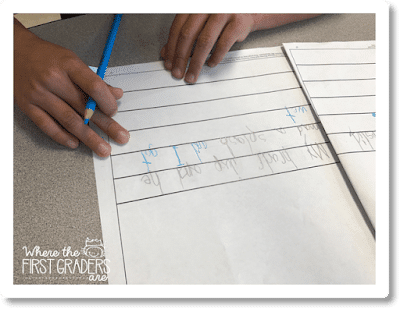
Writing Conferences for Beginning and Advanced Writers
Advanced Writers
Sometimes you will only have good things to tell a student about their writing and that's OK! They deserve a full on win every once in a while without the “you were great, but you need to work on this”.
But, if you really want to push that student, here are a few of my favorite advanced writing skills that I use with my first graders:
- The Seven Up Rule: Powerful sentences are seven words and up!
- Sparkle Words: instead of I “went”… I “wandered”, I “drudged”, I “chased”
- Sensory Details: “The hot sun made the sweet ice cream melt into a sticky puddle”.
- Dialogue with quotation marks and correct punctuation
Beginner Level Writers
The Writing Conference is also a great time to really meet your beginning writers at their level. I like to pull a strategy group of 3 or 4 students who need substantial guidance.
The Highlighter Trick
- I talk to one student while the rest of the group listens.
- The student provides a sentence and as a group, we count the number of words in that sentence.
- Then I use a highlighter and mark that many spaces on their paper.
- As a group, we help that student restate their sentence as I help them match the words to the spaces.
We repeat this process for each student at the table. After a while, you will be able to help that student plan a page at a time rather than a sentence at time.
In my Writing Conference Notes product, you can find a list of suggestions for beginner level writers and also advanced level writers.
Tracking Feedback during Writing Conferences
There are so many different ways to track feedback and there is honestly no right or wrong way to track feedback. It's all about what works for you.
This is the form that I use. I like to track what kind of errors I saw in their writing as they are reading to me and then I mark the “teaching point” I chose with “TP”. One thing that I've learned from writing conferences is that you really have to focus in on ONE teaching point or else your students may get overwhelmed or discouraged.
(TPT Link: Writing Conference Forms)
Analyze Your Feedback
My Writer's Workshop Binder
I also kept a scheduling sheet in the very front of my binder where I could track which students I had already seen and who I needed to “SIT” with. I tried to see every student at least once a week, and then I had my special friends that came to me two or three times a week.

